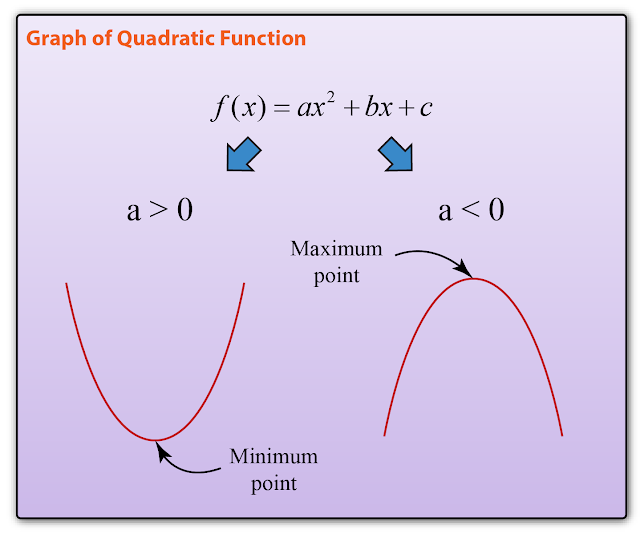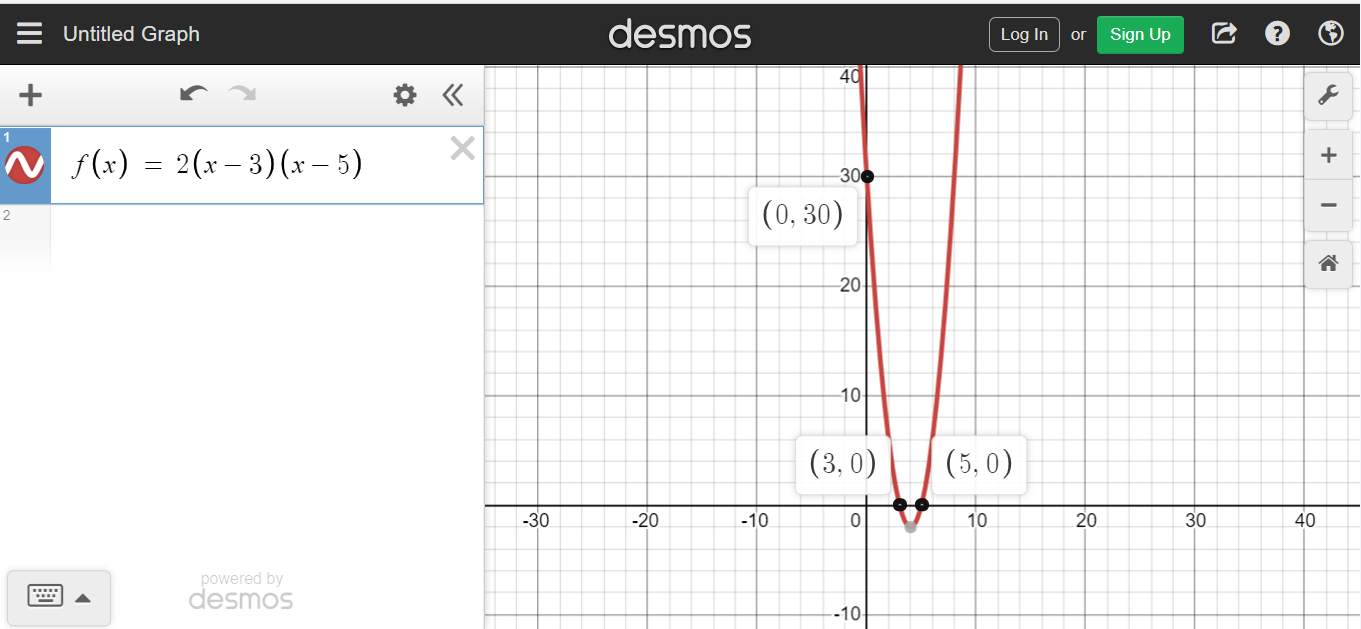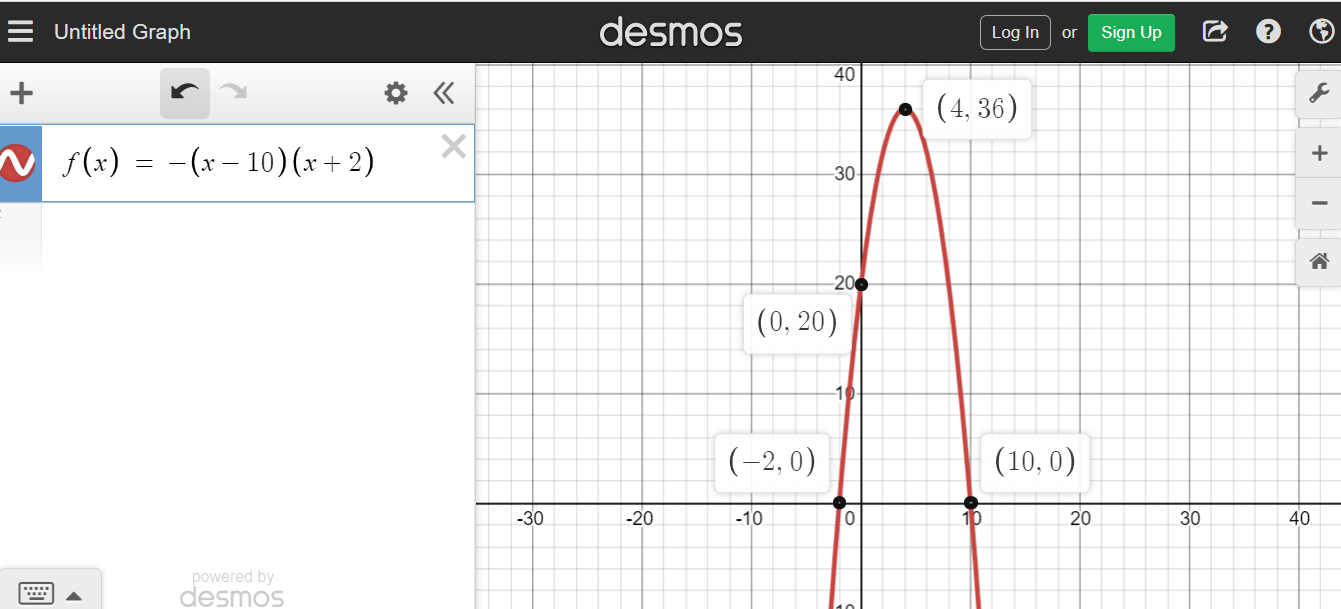Factored Form To Standard Form For Quadratic Equations
Hi there. In this mathematics post, I cover the topic of transitioning from factored form to standard form for quadratic equations.
Math text rendered with QuickLatex.com. Screenshots are from using Desmos.com

Contents
- Standard Form
- Factored Form
- Transitioning From Factored Form To Standard Form
Standard Form
The standard form for a parabola is a common form of representing a parabola. It follows the form of:

where a is the coefficient for x-squared, b is the coefficient for x and c is the y-intercept for the parabola. The a value is also helpful for determining if the parabola is facing upwards or downwards. A positive a value means the parabola faces upward and a negative a value represents a parabola facing downwards.

Image from https://spmaddmaths.blog.onlinetuition.com.my/2013/04/graph-of-quadratic-function.html.
Factored Form
In a quadratic equation the factored form is a compact way of representing a quadratic equation. The form helps with find the roots or x-intercepts for the associated parabola. Note that the x-intercepts are coordinates when the y-value is zero.

The value of a is the vertical stretch or compression factor for the parabola. The value of r is the first x-intercept and s is the second x-intercept. There are cases where r is equal to s so there is one solution or a double root.
Keep in mind that if a parabola has no x-intercepts or roots then there is no factored form.
Example
A parabola has a vertical stretch factor of 2 with x-intercepts of 3 and 5. Sketch this parabola.
The factored form is:

The y-intercept is the value of y when x = 0. For this equation it is:

So far we have the points (3, 0), (5, 0), (0, 30). Also the a value is 2 which represents an upwards parabola (smiley face shape). This is enough for a sketch. The sketch of this parabola should be similar to this.
Transitioning From Factored Form To Standard Form
Going from factored form to standard form requires multiplying binomials and some algebra. This is not as difficult as going from standard form to vertex form where you have the complete the square.
Example One
Given y = 3(x+3)(x-5), what is the corresponding standard form?

Multiply the binomials together with the FOIL method. FOIL as in first, outer, inner last.
- First as in
x times x - Outer as in
xfrom the left bracket times negative 5 from the right bracket. - Inner would be
3 times x - Last refers to
3 times -5

Multiply every term in the bracket by 3. This is the distributive law from algebra.

Example Two
What is the standard form for a parabola with x-intercepts of 10 and -2 with an a value of -1 for the parabola?
With the information provided start with:

Multiply the binomials in the brackets, combine like terms and then change the signs because of the negative one in front.

Example Three
What is the standard form for a parabola with an x-intercept of a half with an a value of 2 for the parabola?
The x-intercept of a half is a double root. That is r = 1/2. To convert this into a factored form, we need to rearrange r = 1/2 into an expression that satisfies (x - r) = 0. We have (x - 1/2) = 0 which is also 2x - 1 = 0 after multiplying everything by 2.

Expand the square of the binomial and then multiply by 2.

Posted with STEMGeeks


This is an awesome explanation of quadratic equations. I'm going to share to my daughter who is in year 8, to help her through it.
Just thinking it would be interesting to build on this, and show how we can solve for the roots of the polynomial, through factoring or using formula to solve the roots.
Oh year 8 and quadratics. Typically grade ten students in the Toronto area (my area) see quadratics for the first time.
I could make posts on solving for x-intercepts, factoring and using the quadratic formula. If I recall correctly, I might have made posts on them a few years back. Could start from scratch.
great work you did
please do it will help her in understanding of quadratic equations
Oh gosh it’s FOIL all over again.
I remember it was actually kinda challenging to try going the other way from standard to factored form.
it was for me back then
great I learned about quadratic equations before but your is easy to understand